Information Systems Transformation —— Architecture-Driven Modernization Case Studies
----- 信息系统转型
Every enterprise has large investments in mainframe systems - giant infrastructures that manage business operations around the globe, and are the lifeblood of the corporation. Despite the vast changes in information technology in recent years, most of the mainframe systems in use were designed and implemented some time ago, at the enterprise's birth, and are therefore hard to maintain. Integration with newer systems is difficult if not impossible because new corporate software use completely different and incompatible technologies. This necessitates frequent and costly modifications to the existing system, which impedes optimum operational efficiency. Therefore, IT management teams are now placing modernization efforts at the core of their current objectives. Architecture-Driven Modernization (ADM) restores the value of entrenched systems by capturing and retooling various aspects of existing application environments, allowing old infrastructures to deliver new solutions and communicate with modern technology. This book provides a practical guide to organizations seeking ways to understand and more effectively leverage existing systems as part of their information management strategies. It includes an introduction to ADM disciplines and standards as well as a series of scenarios outlining how ADM is applied to various initiatives. Drawing upon lessons learned from real modernization projects, it distills the theory and delineates principles, processes, and best practices for every industry, ensuring the book's leading position as a reference text for all of those organizations relying on instilled systems to maintain their viability. * Acts as a one-stop shopping reference and complete guide for implementing various modernization models in myriad industries and departments. * Every concept is illustrated with real-life examples from various modernization projects, allowing you to immediately apply tested solutions and see results. * Authored by the Co-chair of the Object Management Group (OMG) Architecture-Driven Modernization (ADM) Task Force, which sets definitive systems modernization standards for the entire IT industry. * A web site supports the book with up to date coverage of evolving ADM Specifications, Tutorials, and Whitepapers, allowing you to remain up to date on modernization topics as they develop. Table of Contents PART 1: Introduction to Modernization & Standards I. Introduction to Architecture-Driven Modernization This chapter offers a baseline understanding of modernization. Information within this chapter provides the reader with the foundation needed to place the remainder of the book in context. The following topics will be covered. a. Modernization Explained b. Modernization Benefits c. Modernization in Practice II. Modernization Standards Road Map This chapter will provide background and overview information on the work of the OMG Architecture-Driven Modernization Task Force and standards roadmap. The following standards packages will be overviewed in this chapter. a. Knowledge Discovery Metamodel (KDM b. Abstract Syntax Tree Meta-Modeling (ASTM) c. Software Metrics Metamodel d. Analysis Package e. Visualization Package f. Refactoring Package g. Transformation Package PART 2: Modernization Scenario & Tool Overview III. Modernization Scenario Overview This chapter provides an overview of the different types of project scenarios that collectively define the concept of modernization. These project overviews provide the reader with the common work tasks and results from a given type of modernization project. These scenarios include: I. Application Portfolio Analysis & Management II. Application Refactoring, Stabilization & Improvement III. Language & Platform Migration IV. Business & Application Integration V. Services Oriented Architecture Migration VI. Data Architecture Migration Systems & Data Architecture Consolidation VII. Package Selection & Deployment VIII. Model-Driven Architecture Migration IV. Modernization Technology and Tools Overview Modernization technologies play an essential role in modernization projects. This chapter offers an overview of tool and technology categories, including both off-the-shelf tools and tools that are used by service providers. These tool categories will include analysis, refactoring, migration, rule extraction and other transformational tools. PART 3: Modernization Case Studies: Commercial Sector V. Modernization case studies are divided into three categories for ease of reference. This section focuses on commercial case studies. * AFLAC (BP) * Aetna * Boeing * Allstate * Nationwide * Assurant Health * HCSC (Blue Cross) * Make Technologies / Financial Institution * National City Corporation * Modernization of European Air Traffic Management System (with Thales) * Modernization of Corporate Maintenance System (Navigant & HCSC) * TELUS Communications * Damler Chrysler * Italia Travel PART 4: Modernization Case Studies: Military Projects VI. This section focuses on military modernization case studies. * Modernization of REMIS (with Northrup Grumman) * Modernization of Satellite Modem Control System (with Raytheon) * Modernization of Flexible Missile Module (with Lockheed) * Modernization of P3 Orion Acoustic Processing Suite (with Lockheed) * Modernization of Army Variable Message Format Test Tool (with L3) * Modernization of Ballistic Missile Warning System (with ITT) * Modernization of EHF Module of Milstar Satelite (with TRW) * Modernization of Patriot Simulation Systems (with Raytheon) * Modernization of Navy Satellite Terminal Control System (with Raytheon) * Modernization of Navy Engineering Operational Sequencing System (with SAIC) PART 5: Modernization Case Studies: Federal, State and Local Government Agencies VII. This section focuses on non-military government modernization case studies. * General Services Administration (GSA) * City of Los Angeles * Modernization of National Endowment for the Arts Business Systems (for NEA) * State of North Carolina, DOJ * State of Connecticut PART 6: Modernization Success Factors & Evolutionary Track VIII. Critical Success Factors in Modernization Case Studies This chapter summarizes the critical success factors in modernization. This includes planning considerations, in-sourcing versus out-sourcing options, and decisions on how to justify and fund these types of projects. IX. Modernization: What to Expect in the Future As time progresses, advancements in modernization technologies, standards and disciplines will provide even more options for organizations seeking modernization solutions. This chapter provides a view of how modernization will evolve over the next few years and how organizations can capitalize on these advancements. Appendix A: ADM Specifications, Tutorials, Whitepapers and RFPs (Website)
{{comment.content}}
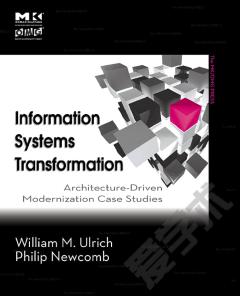
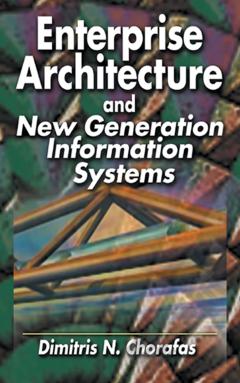
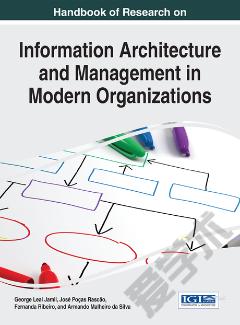


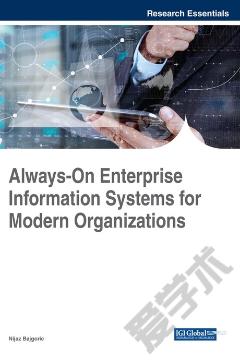
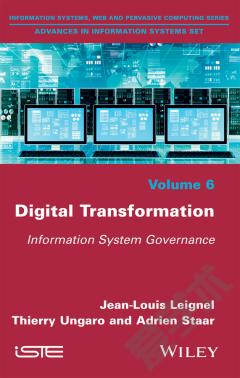

 京公网安备 11010802027623号
京公网安备 11010802027623号